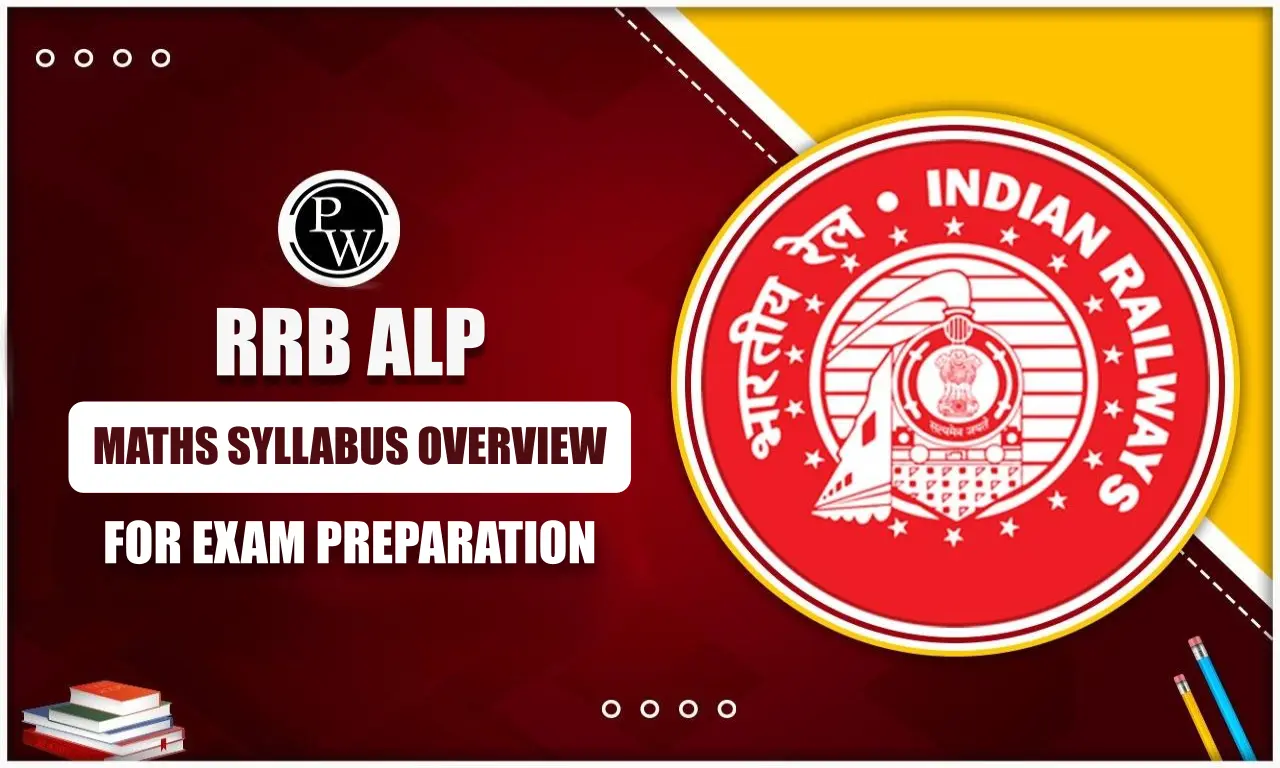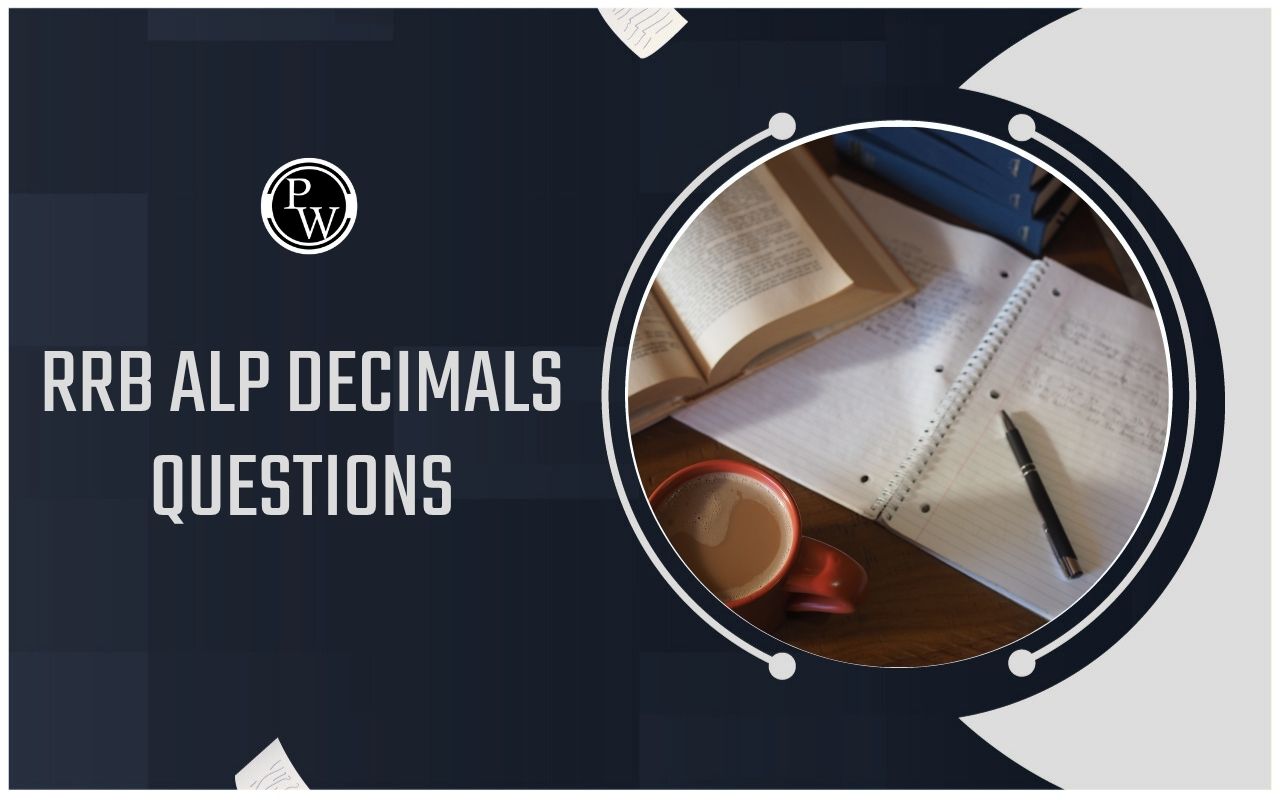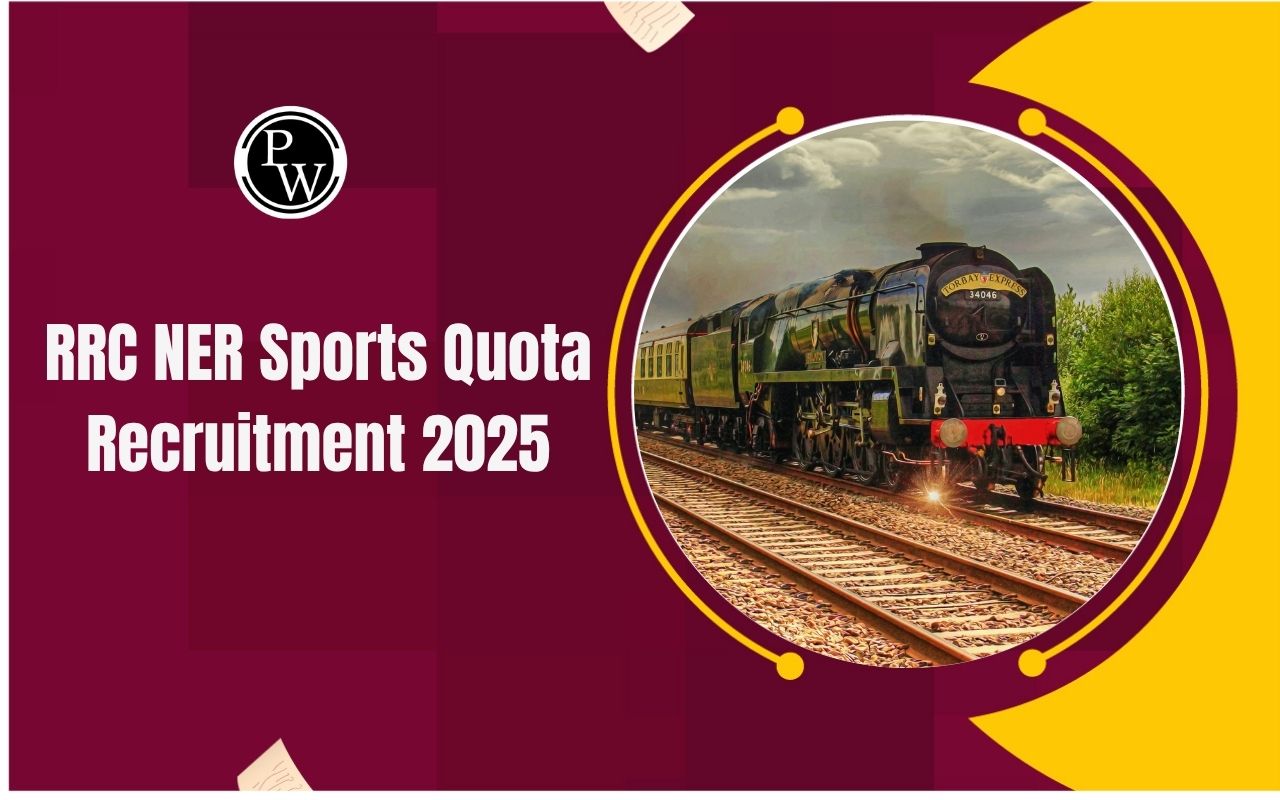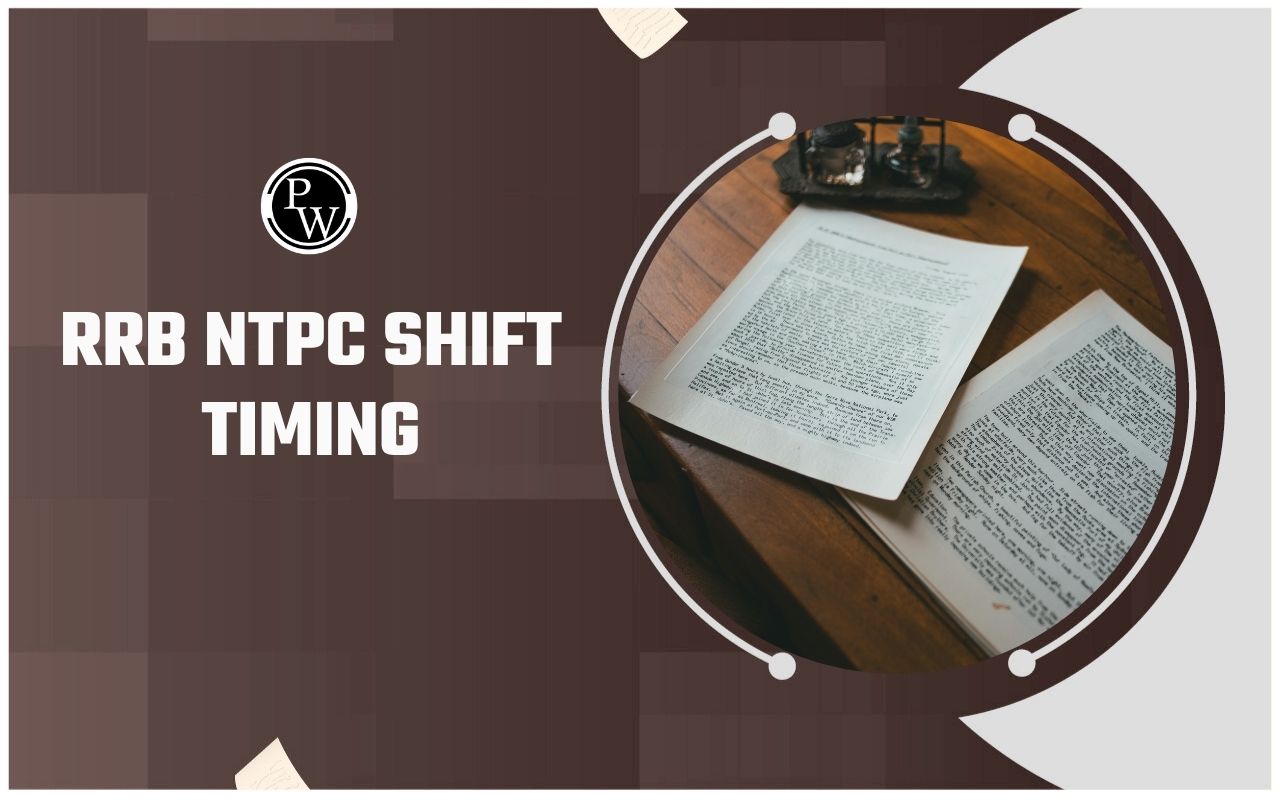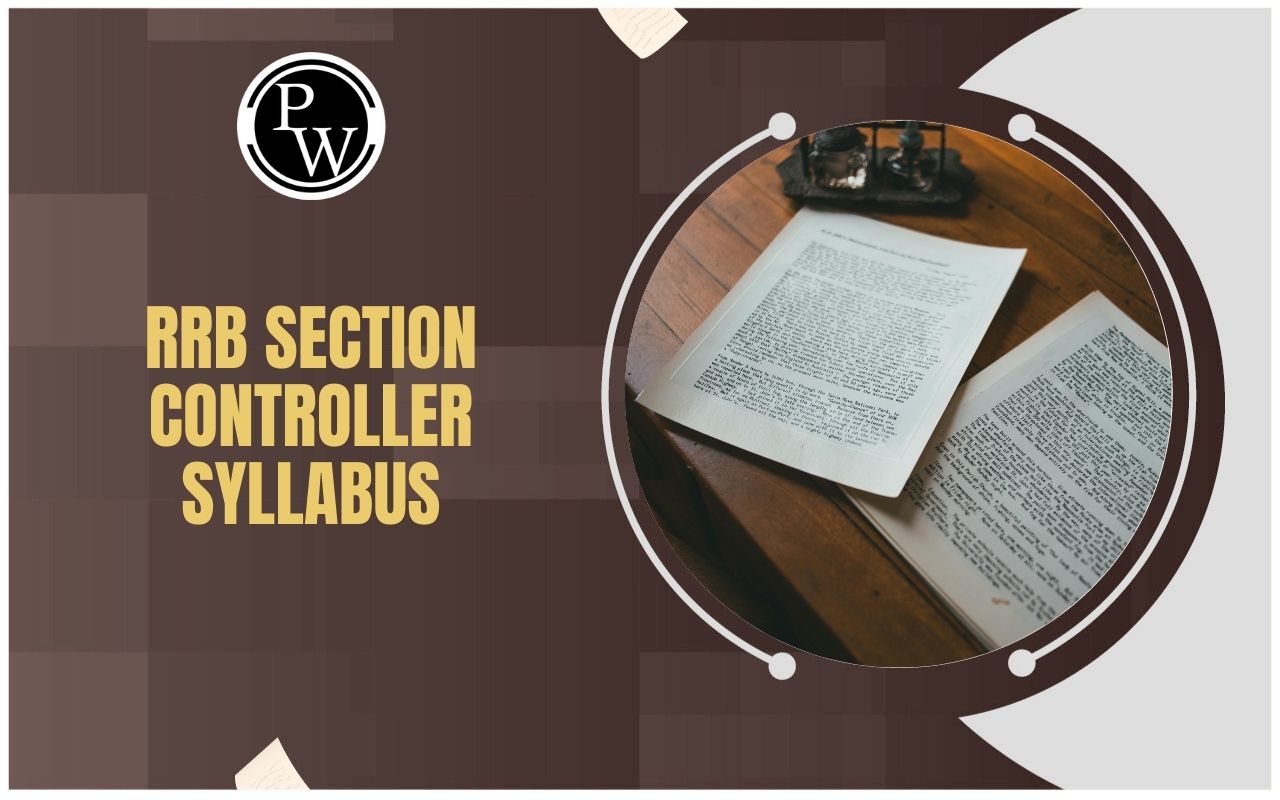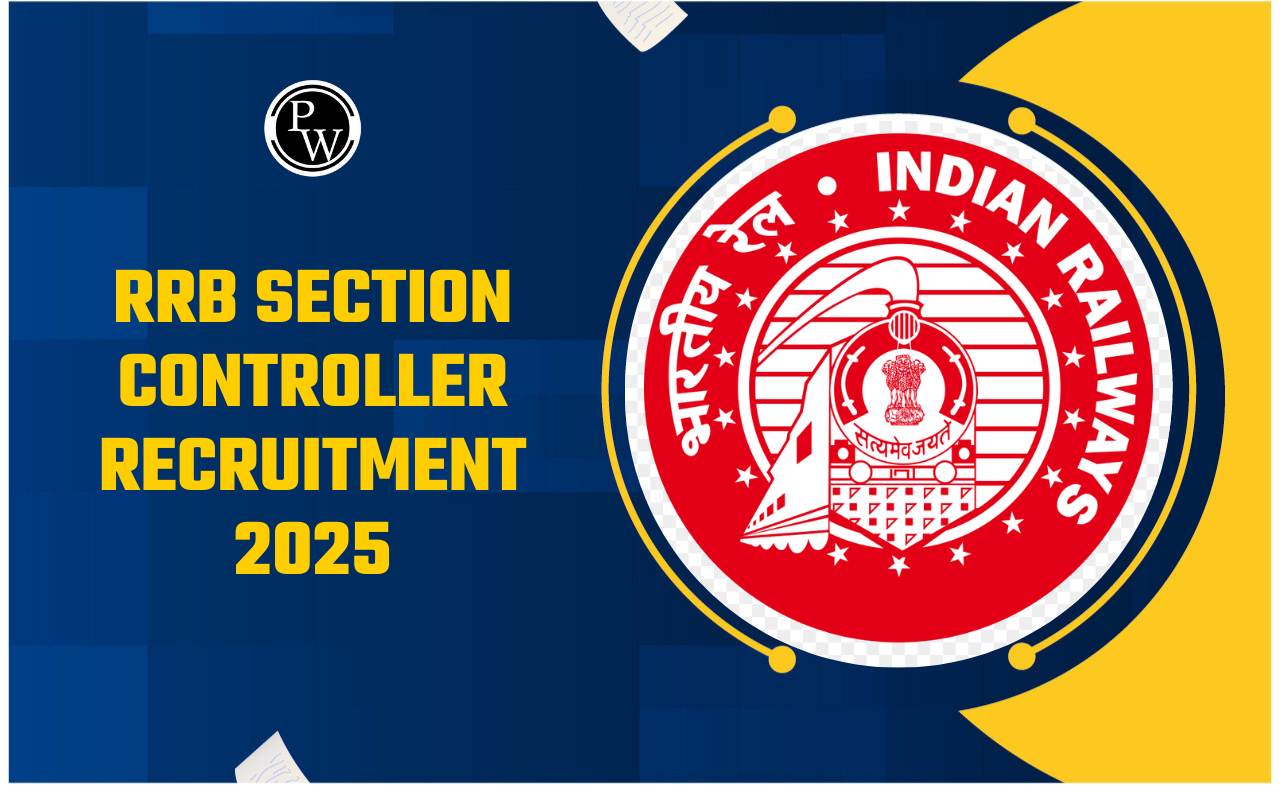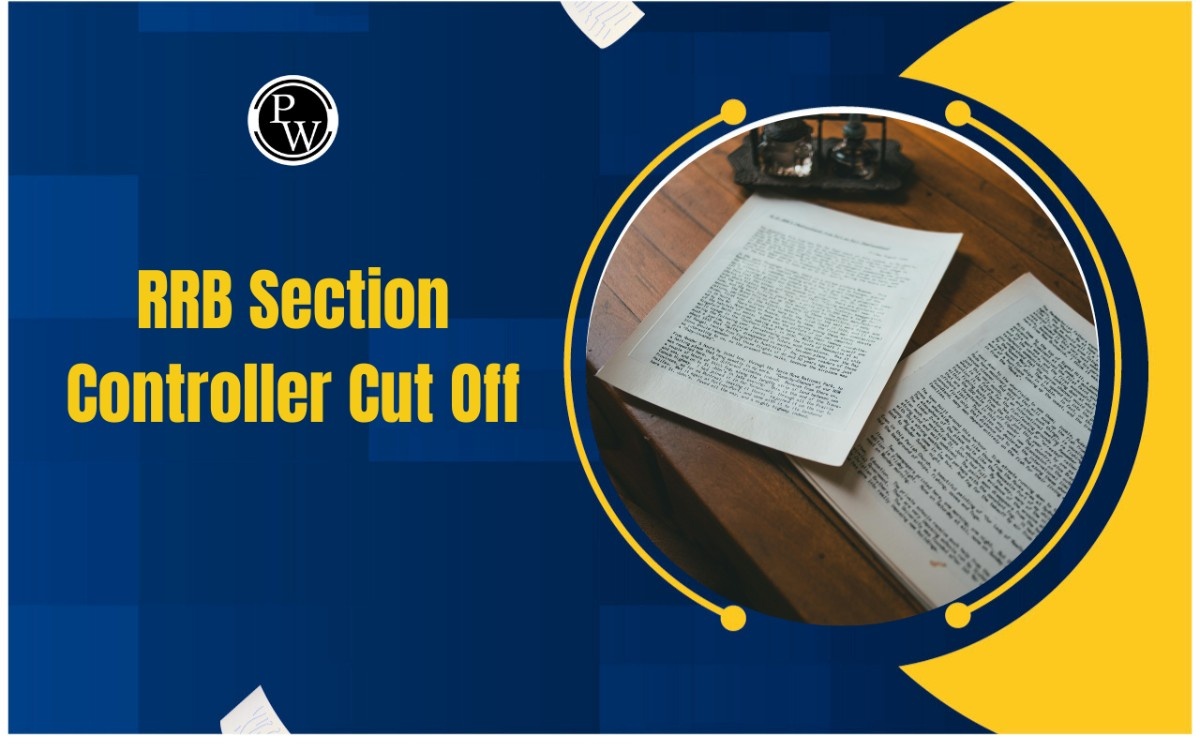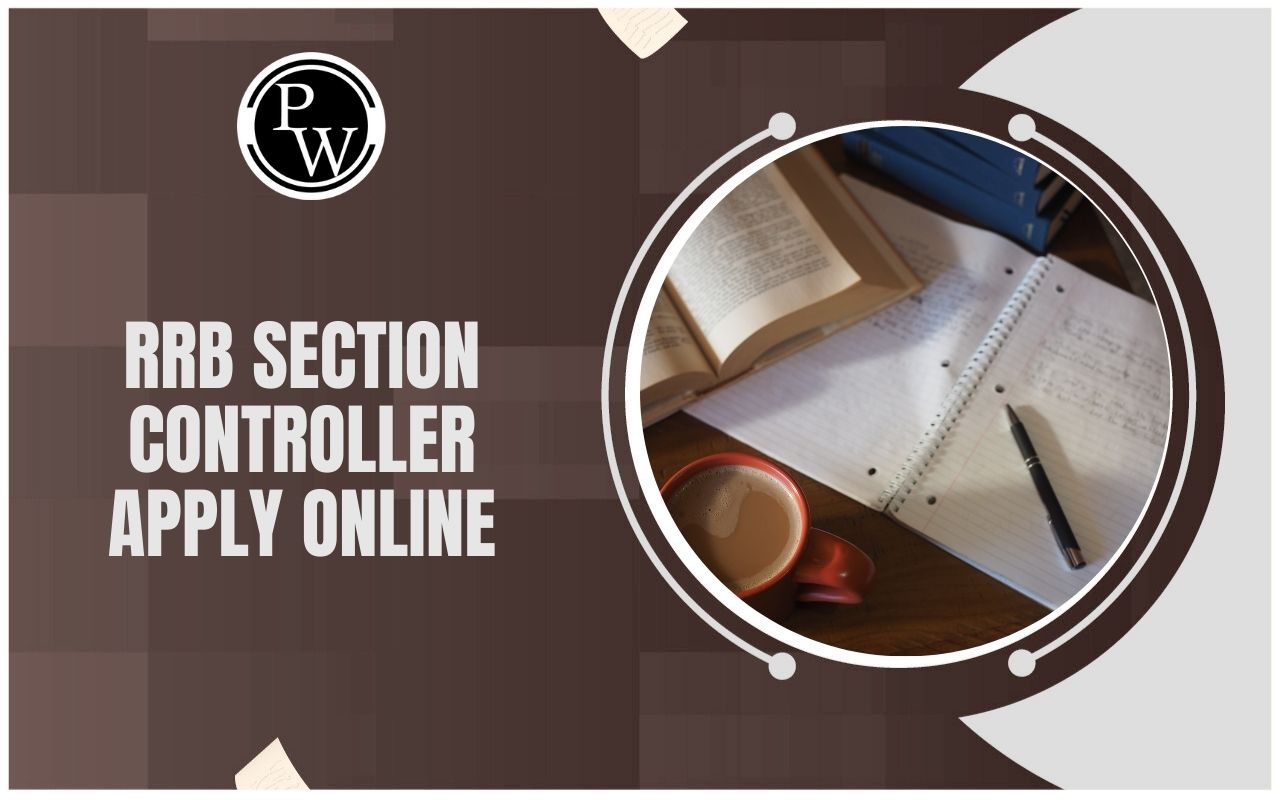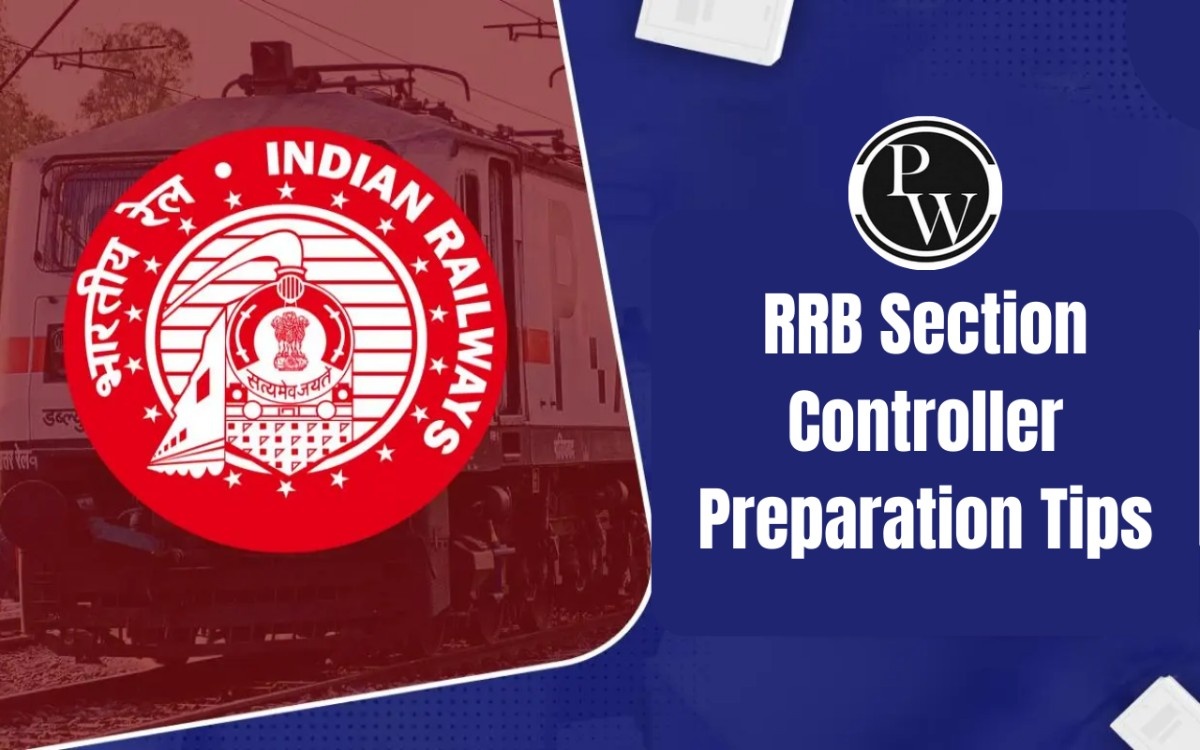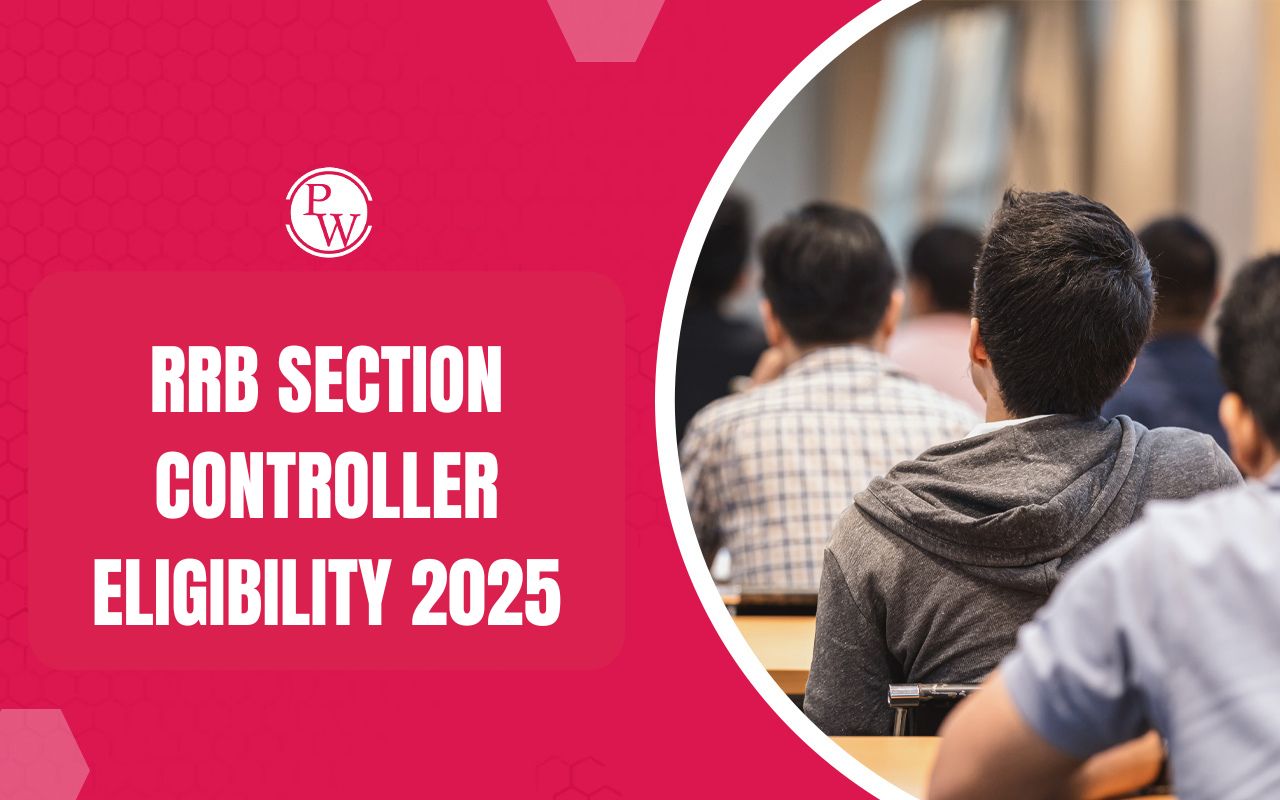
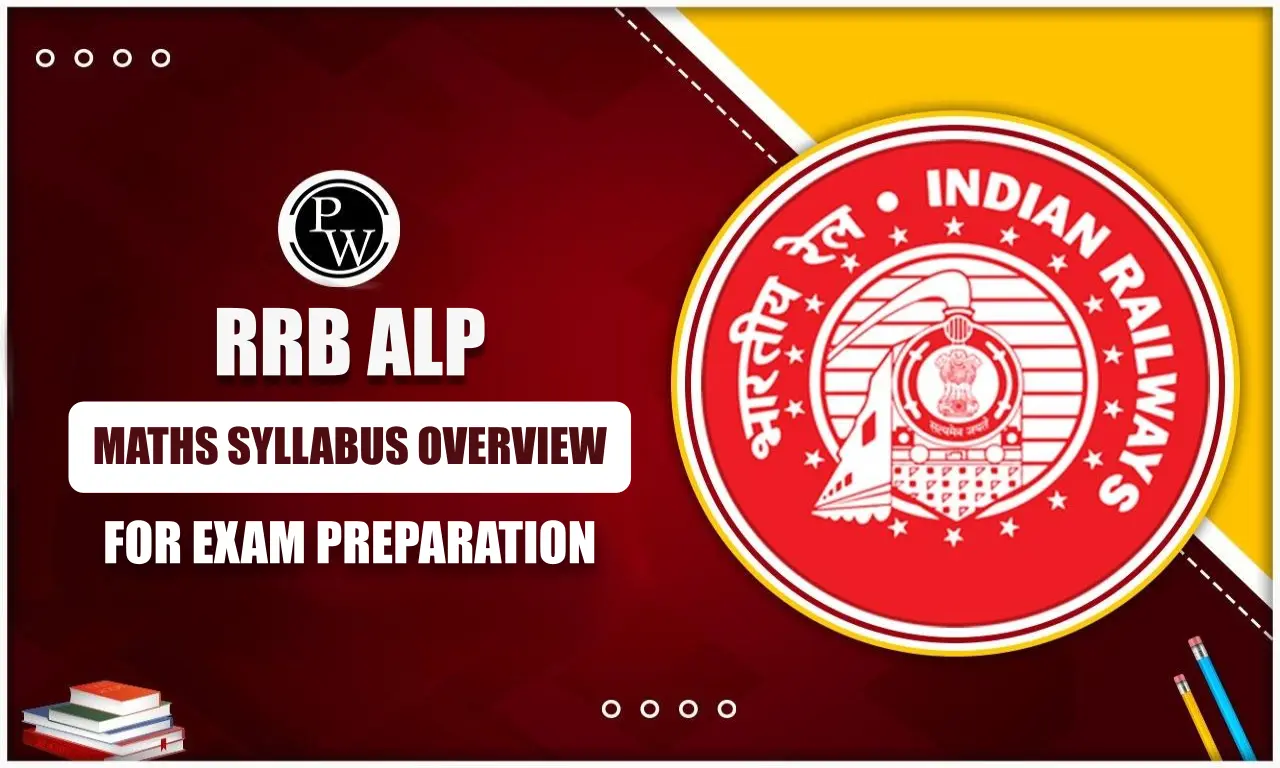
RRB ALP Maths Syllabus 2025: The RRB ALP Maths Syllabus 2025 is one of the most important sections in the RRB ALP Exam 2025. Mathematics plays a crucial role in determining the final score in the CBT stages. To help you prepare effectively, we’ve provided a detailed topic-wise explanation of the complete Maths syllabus as per the latest exam pattern.
Here we cover each subject area included in the RRB ALP Maths Syllabus 2025, elaborating on what to expect, how to prepare, and the key areas to focus on. Whether you're a beginner or revising your concepts, this blog will help you develop a structured study approach for the 2025 exam.
RRB ALP Maths Syllabus 2025
The Maths section in the RRB ALP Syllabus 2025 tests the candidate’s numerical aptitude and analytical ability. Questions are designed to assess how well a candidate can work with numbers, solve mathematical problems, and apply logic to real-world scenarios. This section is included in CBT Stage 1 and Stage 2 by contributing to overall preparation strength. Below is an overview of the difficulty level and structure:
|
RRB ALP Maths Syllabus |
|
|
Component |
Details |
|
Exam Stage |
CBT 1 and 2 |
|
Subject |
Mathematics |
|
Question Type |
Objective Multiple Choice |
|
Difficulty Level |
Exam Specific |
|
Marks per Question |
1 mark each |
|
Negative Marking |
⅓ mark deduction for each wrong answer |
Detailed RRB ALP Maths Syllabus 2025
Each topic in the RRB ALP Maths Syllabus 2025 requires concept clarity, formula understanding, and regular practice. Below is the complete elaboration of each topic included in the syllabus.
|
Detailed RRB ALP Maths Syllabus 2025 |
|
|
Topic |
Subtopics & Description |
|
Number System |
Types of numbers (Natural, Whole, Integers, Rational, Irrational), Prime numbers, Divisibility rules, Operations |
|
BODMAS Rule |
Order of operations – Brackets, Orders (exponents/roots), Division, Multiplication, Addition, Subtraction |
|
Decimals |
Operations (add, subtract, multiply, divide), conversion between decimals and fractions, comparison |
|
Fractions |
Types of fractions, simplification, conversions to decimals and percentages, arithmetic operations |
|
LCM and HCF |
Methods to find LCM & HCF (prime factorization, division), word problems, relation between LCM and HCF |
|
Ratio and Proportion |
Basic ratio concept, direct and inverse proportion, equivalent ratios, application in word problems |
|
Percentages |
Percentage change, successive percentage, profit/loss/discount calculations using percentages |
|
Mensuration |
Area, perimeter of 2D shapes (square, rectangle, triangle, circle), surface area & volume of 3D shapes (cube, cuboid, cone, cylinder, sphere) |
|
Time and Work |
Efficiency-based problems, combined work, alternate days work, pipes & cisterns |
|
Time and Distance |
Speed = Distance/Time, unit conversions, average and relative speed, boats and streams |
|
Simple Interest (SI) |
SI = (P × R × T)/100, interest calculations for yearly/half-yearly periods |
|
Compound Interest (CI) |
CI formula, difference between SI and CI, interest for successive years |
|
Profit and Loss |
Cost price (CP), selling price (SP), profit/loss percentage, marked price, successive discounts |
|
Algebra |
Algebraic identities, linear/quadratic equations, simplification, word problems |
|
Geometry |
Basic geometrical shapes, angles, triangle properties, congruence, similarity, theorems |
|
Trigonometry |
Trigonometric ratios (sin, cos, tan), identities, values of standard angles, heights and distances |
|
Elementary Statistics |
Mean, median, mode, range, basic interpretation of tabular data, pie charts, bar and line graphs |
|
Square Root & Cube Root |
Shortcut methods, estimation, prime factorization, surds and indices |
|
Age Calculations |
Present, past and future age problems, equations based on age ratios and differences |
|
Calendar |
Finding day of the week, leap year concept, odd days, calendar-based questions |
|
Clock |
Angle between hour and minute hands, mirror images, clock gain/loss questions |
|
Pipes and Cisterns |
Inlet and outlet pipe problems, combined filling/emptying time, leakage scenarios |
RRB ALP Maths Important Topics 2025
The Maths section of the RRB ALP Exam plays a key role in determining your final score. Although the syllabus includes several topics, some areas are more important than others due to their frequent appearance in past exams and their weightage. To help you focus your preparation better, we’ve compiled a detailed table highlighting the most important topics in RRB ALP Maths along with the reasons why each topic is crucial and what subtopics you should study under each.
|
RRB ALP Maths Important Topics |
||
|
Important Topic |
Why It’s Important? |
What to Study? |
|
Number System |
Forms the base for all arithmetic operations and appears regularly in exams |
Types of numbers, divisibility rules, remainders, factors, multiples |
|
BODMAS Rule |
Needed to simplify expressions in the correct order |
Brackets, exponents, division, multiplication, addition, subtraction |
|
Fractions and Decimals |
Found in various topics like percentages, ratios, and simplifications |
Types of fractions, conversions, operations on decimals, simplification |
|
LCM and HCF |
Frequently asked in time, work, and number-based questions |
Prime factorization, division method, word problems |
|
Ratio and Proportion |
Forms the basis of problems involving ages, mixtures, and comparisons |
Equivalent ratios, direct and inverse proportion, simplification |
|
Percentage |
Core topic used in profit & loss, discount, interest, and data questions |
Percentage change, conversion, successive percentages |
|
Profit and Loss |
One of the highest-weightage topics in competitive exams |
CP, SP, profit/loss %, marked price, discount, successive discounts |
|
Simple and Compound Interest |
Based on practical money-related problems |
SI and CI formulas, difference between SI and CI, compound interest for 2–3 years |
|
Time and Work |
Repeated topic that’s easy to solve if concepts are clear |
Efficiency, combined work, alternate day work, pipes & cistern basics |
|
Time and Distance |
Common in train and boat-stream questions |
Speed = Distance/Time, average speed, relative speed, unit conversion |
|
Algebra |
Appears in simplification and equation solving questions |
Algebraic identities, linear equations, basic factorization |
|
Mensuration |
High-scoring if formulas are memorized |
Area, perimeter of 2D figures; volume and surface area of 3D shapes |
|
Geometry and Trigonometry |
Seen in CBT 2 or technical questions |
Lines, angles, triangles, trigonometric ratios, values of standard angles |
|
Pipes and Cisterns |
Application of time and work concepts |
Inlet and outlet calculations, filling/emptying time, leakage problems |
|
Square and Cube Roots |
Used in simplification and algebra |
Shortcuts, estimation, prime factorization, squares and cubes up to 30 |
|
Age Problems |
Common word problems that are formula-based |
Age equations, present/past/future ages, age ratios |
|
Calendar |
Logical topic often asked for day/date calculations |
Day of the week, leap year, odd days method |
|
Clock |
Visual and angle-based problems |
Angle between hands, mirror images, clock gain/loss |
|
Elementary Statistics |
Easy scoring topic related to data handling |
Mean, median, mode, range, pie charts, bar and line graphs |
Preparation Strategy for RRB ALP Maths Syllabus 2025
To master the RRB ALP Maths Syllabus 2025, a structured approach with daily practice is essential. Here are some practical tips to follow:
- Start with Basics: Clear your fundamentals using NCERT books before attempting complex questions.
- Topic-wise Practice: Take one topic at a time and solve 25–30 questions daily.
- Make Short Notes: Create formula sheets and revision notes for quick reference.
- Time Management: Practice solving questions within a time limit to simulate exam pressure.
- Mock Tests: Attempt full-length mock tests weekly and analyze performance.
- Focus on Accuracy: Do not rush. Accuracy is more important than speed in competitive exams.
The RRB ALP Maths Syllabus 2025 demands a good understanding of fundamental mathematical concepts and strong analytical ability. Since this section carries significant weight in the RRB ALP selection process, candidates must focus on each topic in depth, revise regularly, and take timed RRB ALP mock tests to enhance their performance.
PW provides Railway exam content, including Railway Exam Blogs, sample papers, mock tests, guidance sessions, and more. Also, enroll today on Railway Online Coaching for preparation.
RRB ALP Maths Syllabus 2025 FAQs
What is the syllabus of Maths for RRB ALP 2025?
What is the difficulty level of the RRB ALP Maths section?
How many Maths questions are asked in RRB ALP 2025?
Is there negative marking in the RRB ALP Maths section?
Are topics like Trigonometry and Statistics included in the RRB ALP syllabus?

